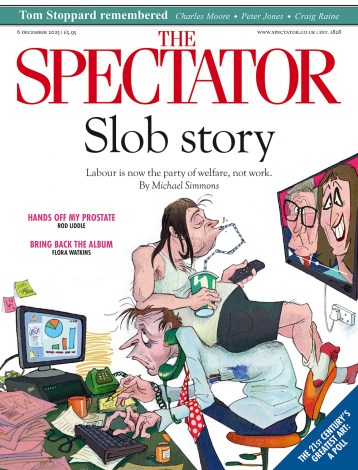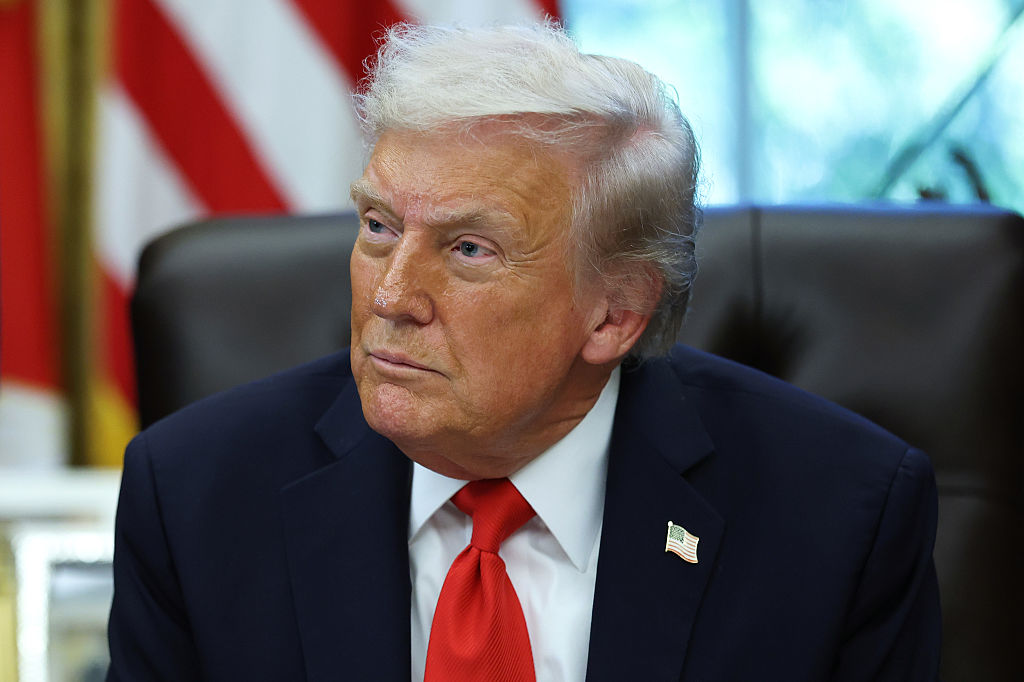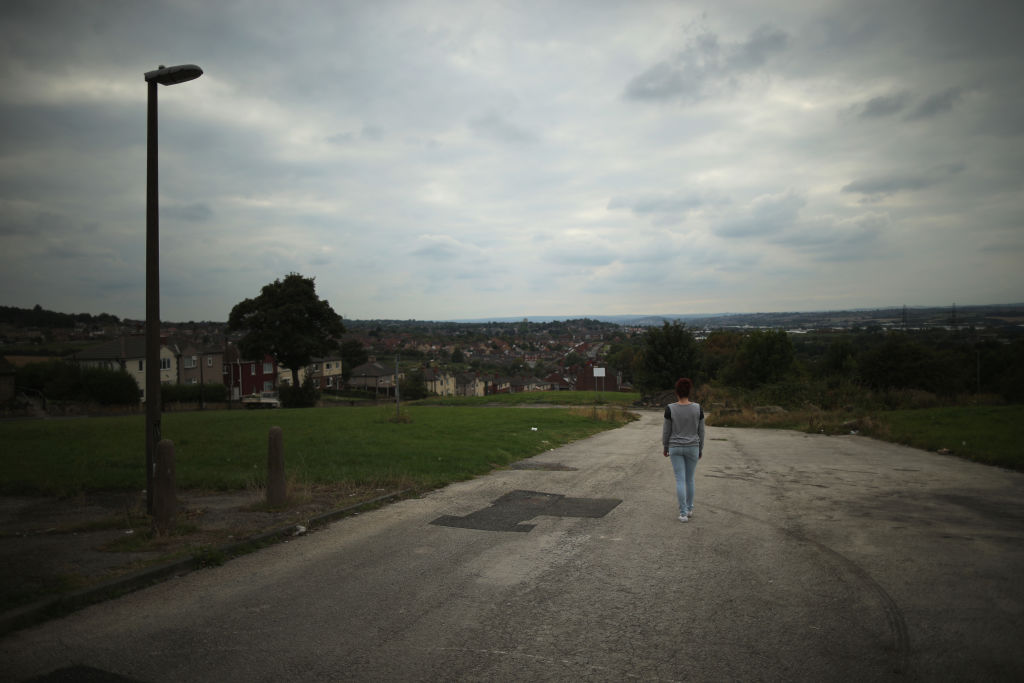Donald Trump has at last lost patience with Vladimir Putin. He cancelled their anticipated meeting in Budapest after Putin refused to make a single concession on a ceasefire following their phone call last week. Having returned to the diplomatic stage only to derail the sale of American long-range Tomahawk missiles to Ukraine, Putin then ramped up strikes on Ukrainian cities and sent Washington an unofficial paper with the same old demands for Ukraine’s capitulation.
It was only a matter of time before Trump grew tired of Moscow’s flattery while it dragged out the peace talks. Given Volodymyr Zelensky had already agreed to an unconditional ceasefire in March, Putin’s refusal to stop the killing became obvious even to the most anti-Ukraine figures in Trump’s administration. After nine months of fruitless phone calls and meetings with Russian officials, Trump finally stopped feeding Russia carrots and reached for the stick, imposing sanctions against Russia’s two largest oil companies – Lukoil and Rosneft. According to Reuters, Chinese state oil majors have already suspended purchases of seaborne Russian oil, while Indian refiners are preparing to cut their crude imports from Moscow to comply with the new sanctions.
‘Now is the time to stop the killing and for an immediate ceasefire,’ declared Scott Bessent, the US Treasury Secretary, as he announced the measures. Russia has previously rejected freezing the war along the current front line, demanding that Ukraine withdraw its troops from parts of the Donetsk region it still holds and for Nato troops to be banned from monitoring a ceasefire in Ukraine. Sergey Lavrov, Russia’s Foreign Minister, reaffirmed this week that Russia has not changed its position, arguing that the Alaska talks between Putin and Trump were focused on achieving ‘a long-term sustainable peace’, not a quick ceasefire that, in his words, ‘will lead nowhere’. According to Lavrov, a ceasefire now would mean that ‘a huge part of Ukraine remains under the control of the Nazi regime’.
The concession Trump made in Alaska – allowing Russia to negotiate without a ceasefire while its troops kept creeping forward along the front line – is off the table. Fresh from his success brokering a peace deal in the Middle East, Trump has turned his attention to ending the ‘ninth war’ on his list. He now insists on freezing hostilities along the current front line in Ukraine, a plan Moscow has fought hard to resist. ‘Let it be cut the way it is,’ Trump said. ‘I think 78 per cent of the land [in the Donetsk region] is already taken by Russia. You leave it the way it is right now. They can negotiate something later on down the line. But I said cut and stop at the battle line. Go home. Stop fighting, stop killing people.’
The shift is a major relief for Zelensky, who just last Friday was pressured by Trump to accept Russia’s terms and surrender the parts of Donbas that Putin has failed to capture since 2014. After two hours of heated argument, Zelensky managed to persuade Trump that territorial issues could take months of negotiations, but halting hostilities along the current front line before any land talks would give Trump the quick victory he so desperately wants. Ukraine’s European allies have rallied behind the proposal, unveiling their 19th sanctions package against Russia, including a ban on imports of Russian liquefied natural gas from 2027.
For the first time since Trump took office in January, the US and EU are moving as a united front in pressuring Putin to end his war in Ukraine. It may be one of Trump’s many U-turns, but for now, the battle for his favour has gone Ukraine’s way. For Zelensky, it’s been a long and costly effort to convince the American president that peace through strength only works when pressure is applied to the aggressor, not the victim.








Comments